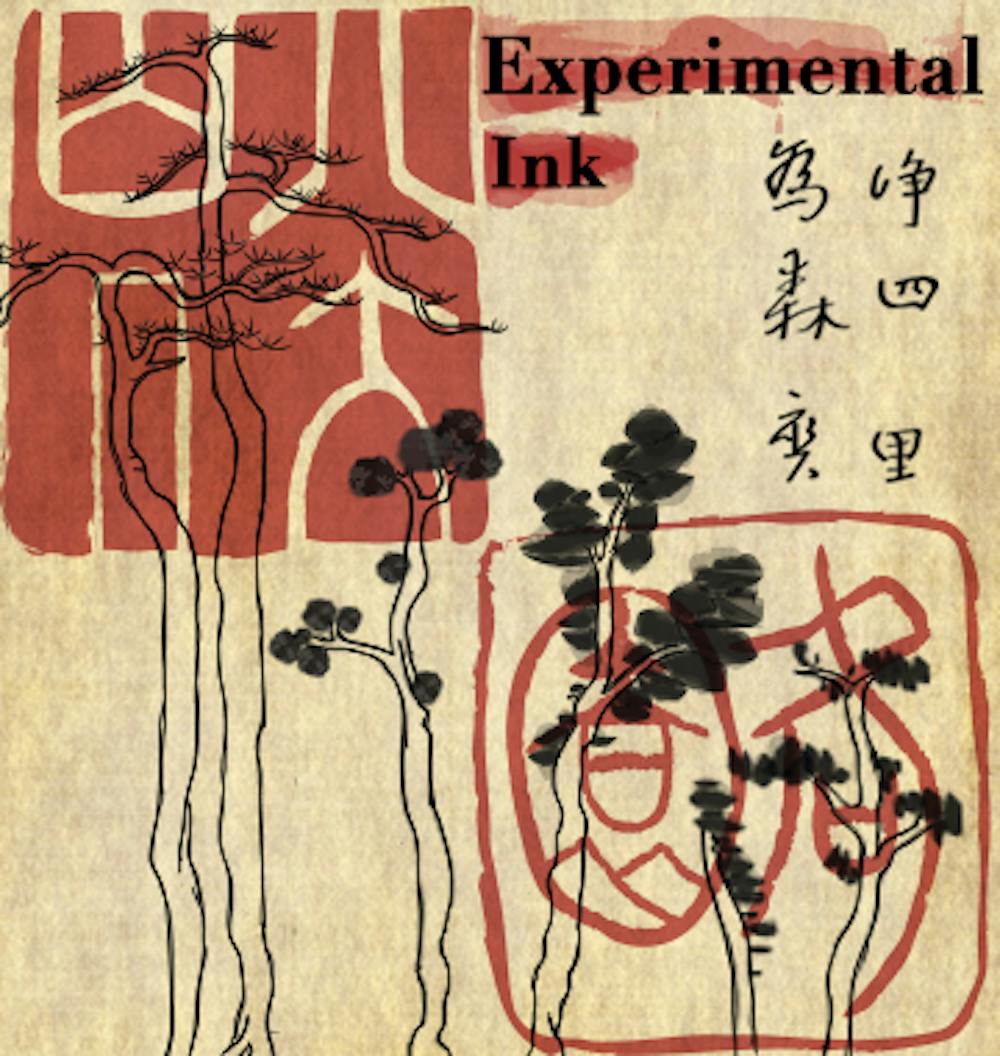Peilian Wu was taught the craft of calligraphy and traditional Chinese painting at a very young age, a form of art that her family has a deep connection to.
“In China, we have this culture and history for learning how to use brushes to practice different ink techniques, so I’ve continued to practice those techniques through school,” Wu said. “Interesting thing is, when I moved here, I felt that connection more deeply, and it was probably because I missed my hometown.”
Wu, a graduate student studying painting and drawing, has taught several different workshops on traditional Chinese ink techniques, but her latest set of classes will be held at the Dairy Barn Arts Center, 8000 Dairy Lane. Wu’s Experimental Ink classes will help her students develop knowledge and skills in using ink materials, introduce them to a Chinese art form and culturally immerse them in the practices of Chinese ink painting.
Traditional Chinese painting has a long history in art around the world. Chinese painting covers a variety of subjects that can include portraits, landscapes, flowers and animals. There are two main techniques in Chinese painting, but Wu will be focusing on “xieyi” or freehand in Experimental Ink classes, which is mostly used when painting landscapes.
The purpose of Wu’s classes is to teach her students something different from American culture. Wu hopes to guide her students to combine a variety of brush stroke techniques and materials to create compositions unlike anything they’ve ever done before.
“For me, I plan the subject to be based around a plant or some natural element around us,” Wu said. “Some will be interested in painting landscape, some might want to paint more flowers and plants.”
Wu wants cultural immersion to be the main focus of her classes, so her objective is to do something experimental for the memory as well as focus on each individual student’s goals for the five-week workshop.
“When I start the class, I’ll ask each student for their interest, so from what they tell me I will give them direction, and I will make them a specific plan,” Wu said. “I feel like the cultural exchange is very important for improving a person’s mind and imagination, and even though they are different cultures, students are still able to make the connection.”
Along with making her workshop culturally immersive, Wu plans to add the element of art therapy to her workshop, something she believes her students’ paintings will benefit from.
“I plan on teaching the students how to connect with their body to do a sort of meditation, so during the process, students feel more relaxed, and the painting technique is very rich and layered,” Wu said.
Every student will have the opportunity to work one-on-one with the instructor on their individual projects, all while using a set of Chinese traditional ink brushes, a set of colored Chinese inks and a study diary of student work made by Wu.
“I want students that when they finish, they have a very high portfolio containing three paintings that look professional and good,” Wu said. “Overall, I tell my students to play the ink, kind of like someone playing basketball, because it’s something that should be enjoyed.”
Marion Lee, an associate professor of art history, is familiar with Wu’s calligraphy skills and knows she is fully capable of teaching others the intricate Chinese art form.
“Like all artistic literary forms and cultural forms, with calligraphy, there is technique involved,” Lee said. “Technique is about learning the system of how to write individual strokes, so it’s similar to western calligraphy, except it’s much more detailed and complex.”
Shelley Baldwin, an Athens resident, is looking forward to taking Wu’s classes as a way to get out of her home and hopefully touch up on her painting skills while also learning something new.
“I did some drawing and painting as a young person and enjoyed it and wasn't bad at it, but it has been a very long time ago,” Baldwin said. “I’m also hoping to learn something and spend some time around others in a relaxed setting.”






